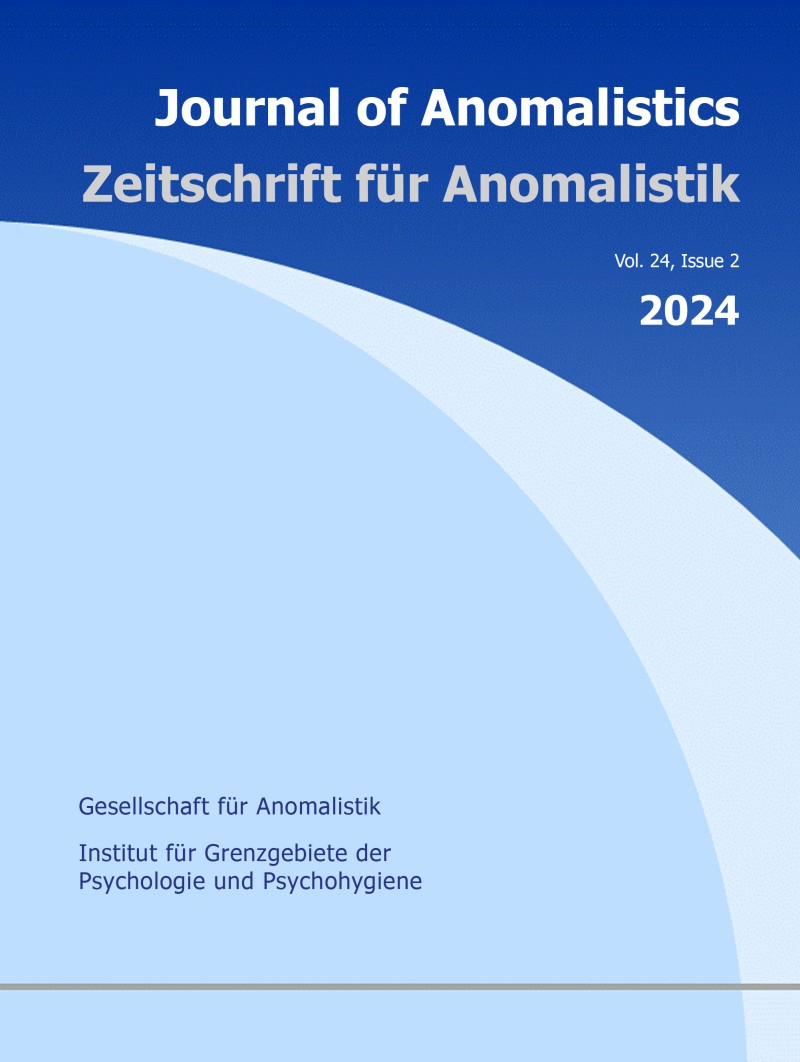Die Zeitschrift für Anomalistik umfasst empirische Forschungsberichte, allgemeine Abhandlungen zu methodischen, konzeptuellen, philosophischen oder wissenschaftshistorischen Aspekten, Review-Artikel, Kommentare und Diskussionsbeiträge sowie Buchrezensionen zum Themenspektrum der Anomalistik. Dazu gehören beispielsweise Parapsychologie und Psi-Experimente, paranormale Überzeugungssysteme, Nahtod-Erfahrungen, außerkörperliche Erfahrungen, UFO-Berichte, Kryptozoologie, Astrologie, komplementäre Heilverfahren, Reinkarnation, Wissenschaftsgeschichte, -theorie und -soziologie, Skeptizismus und vieles mehr.
Die erste Ausgabe der Zeitschrift für Anomalistik erschien 2001 und wurde von der Gesellschaft für Anomalistik e. V. (GfA) mit drei Ausgaben pro Jahr herausgegeben. Verantwortlicher Redakteur war in den ersten Jahren der Soziologe Edgar Wunder, gefolgt von dem Philosophen Gerd H. Hövelmann (von 2009–2017). 2017 übernahm der Psychologe und Mitarbeiter des IGPP, Gerhard Mayer, die Herausgabe. Seit dieser Zeit akzeptierte die Zeitschrift auch englischsprachige Artikel, um eine internationale Leserschaft und Autorenschaft zu erreichen.
Seit dem 21. Jahrgang im Jahr 2021 erscheint die Zeitschrift für Anomalistik unter der gemeinsamen Herausgeberschaft der GfA und des IGPP. Es gibt zu jedem Artikel ein englisch- und ein deutschsprachiges Abstract und der Titel der Zeitschrift wurde um die englische Übersetzung des Ursprungstitels ergänzt: Journal of Anomalistics / Zeitschrift für Anomalistik. Aktuell erscheint die Zeitschrift mit zwei Ausgaben pro Jahr und alle Artikel sind als PDF-Dokumente frei verfügbar (open-access).

